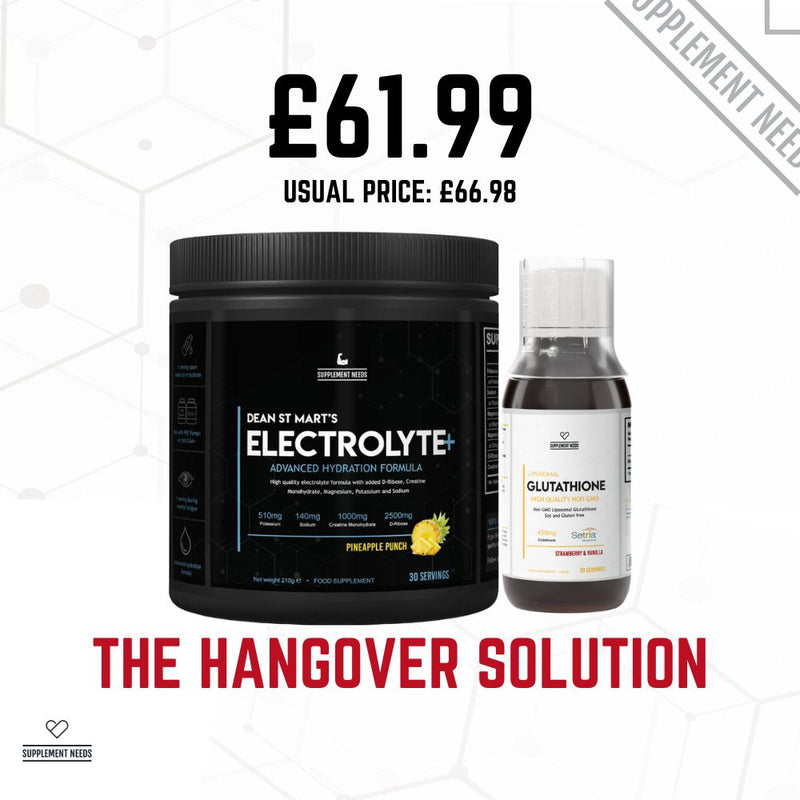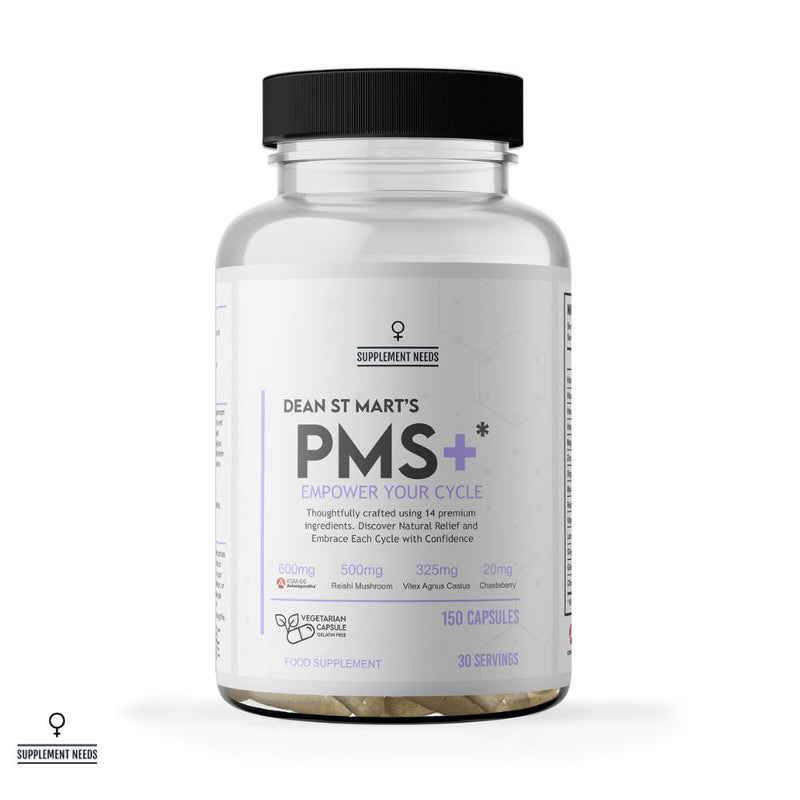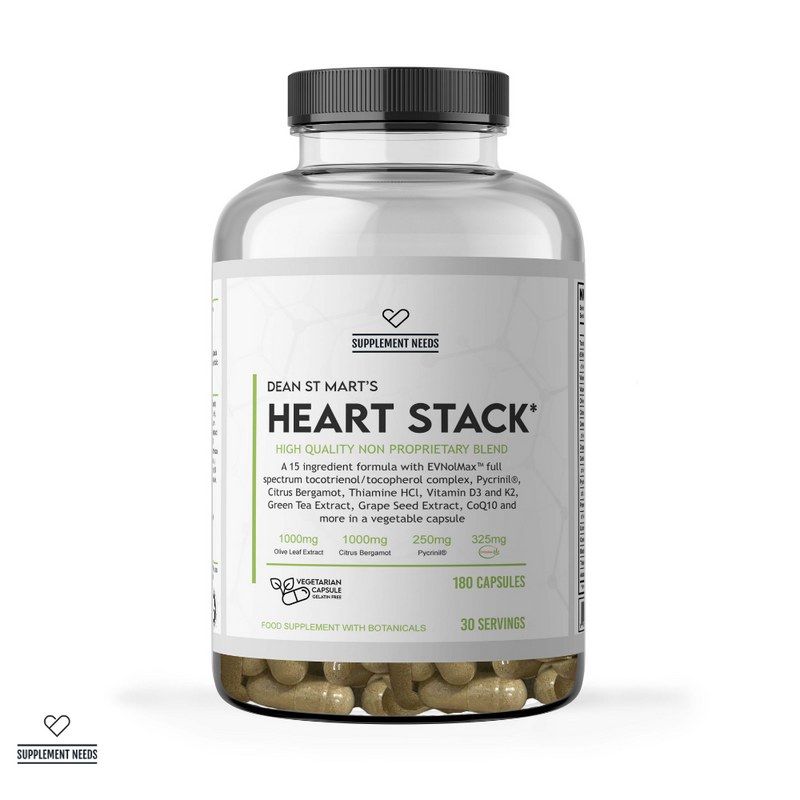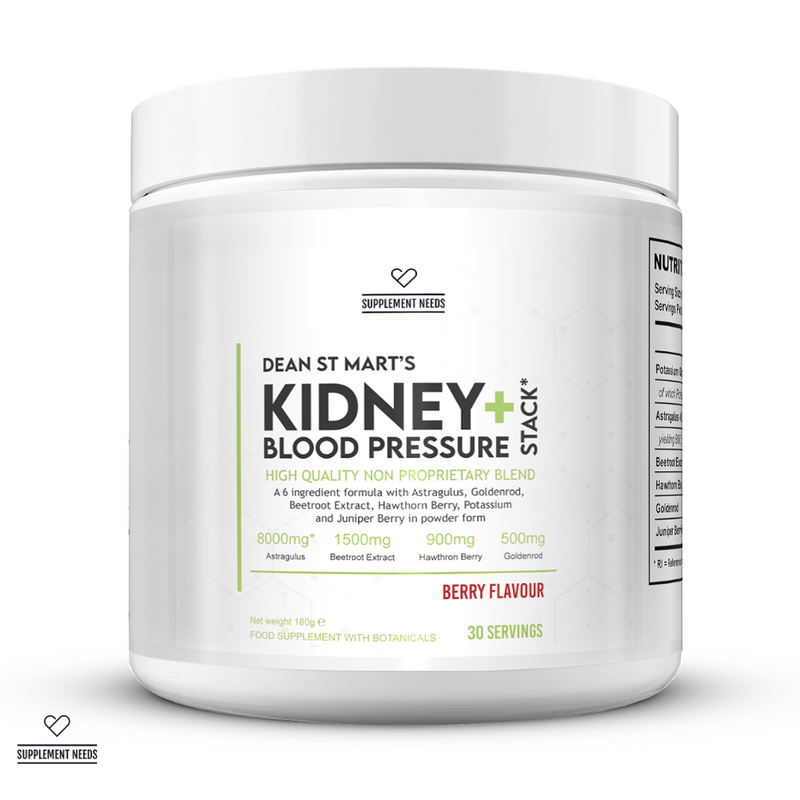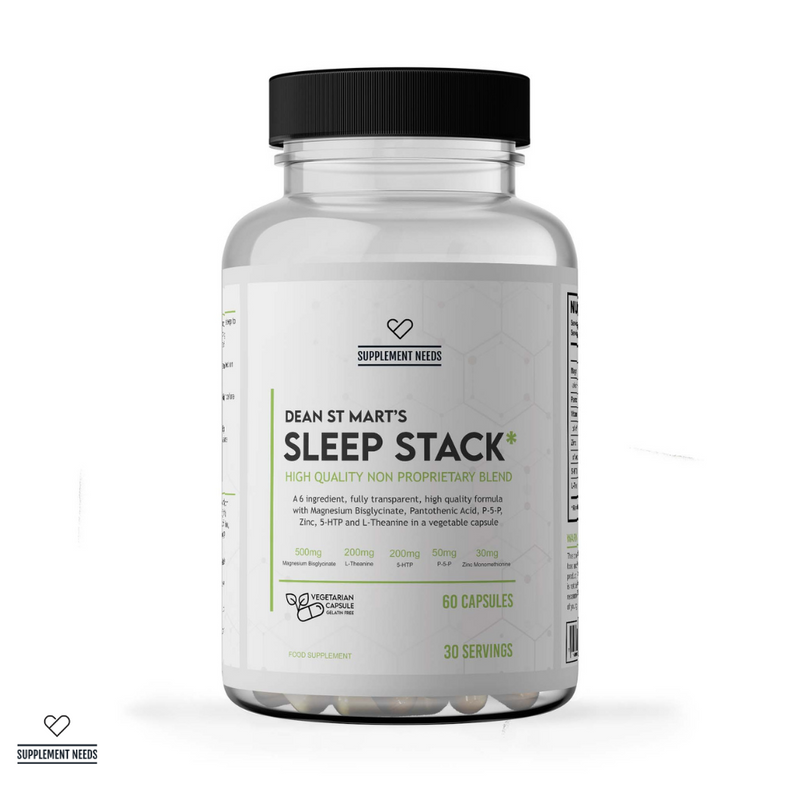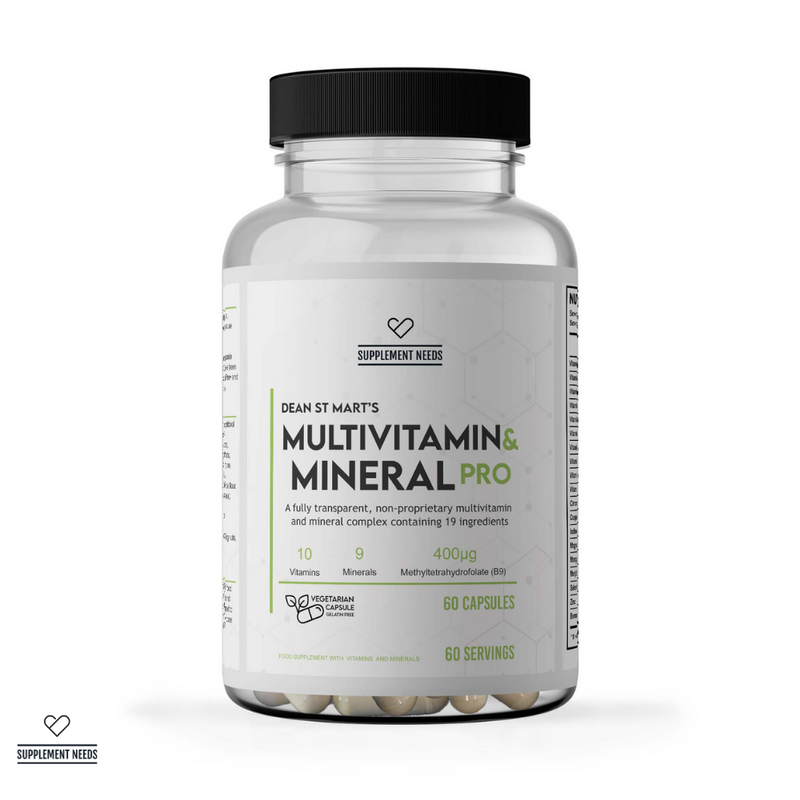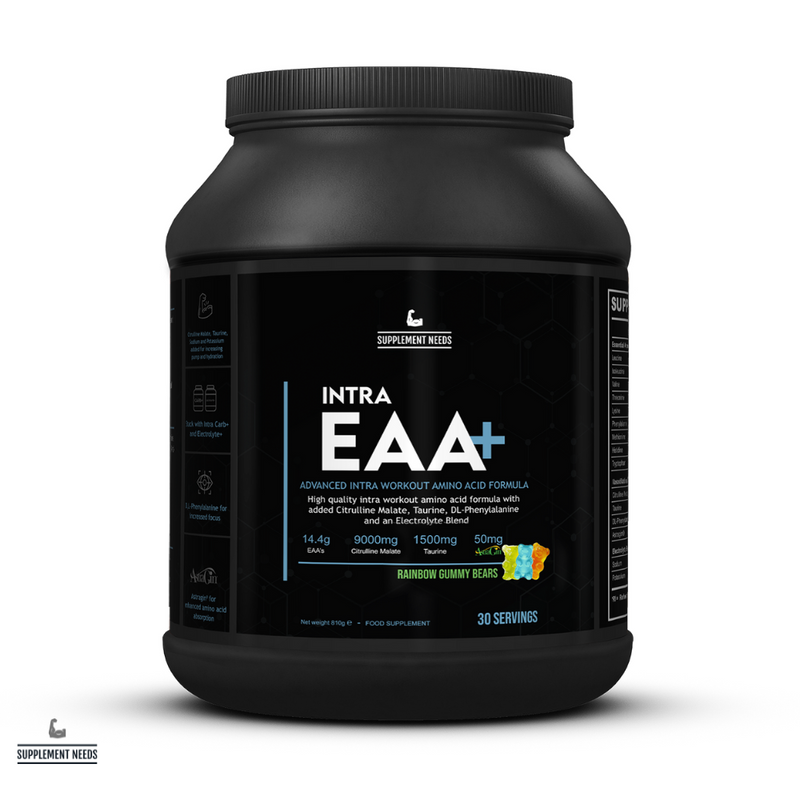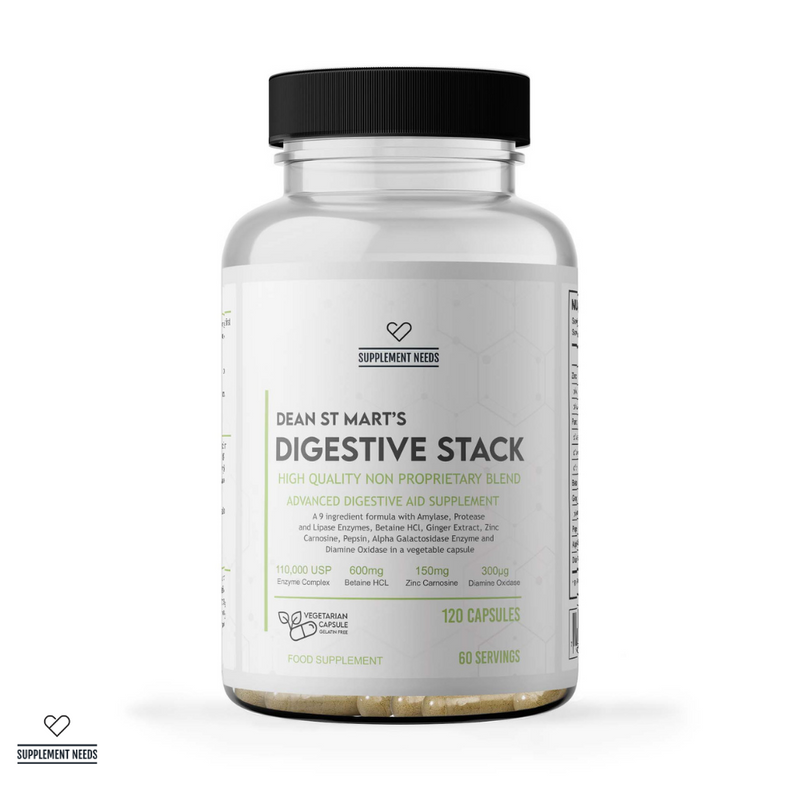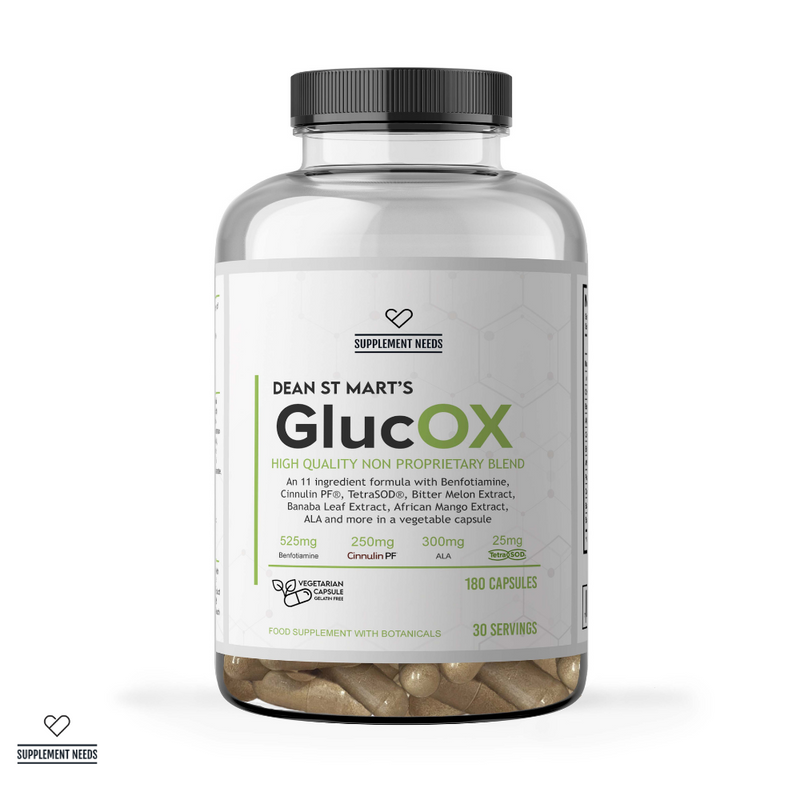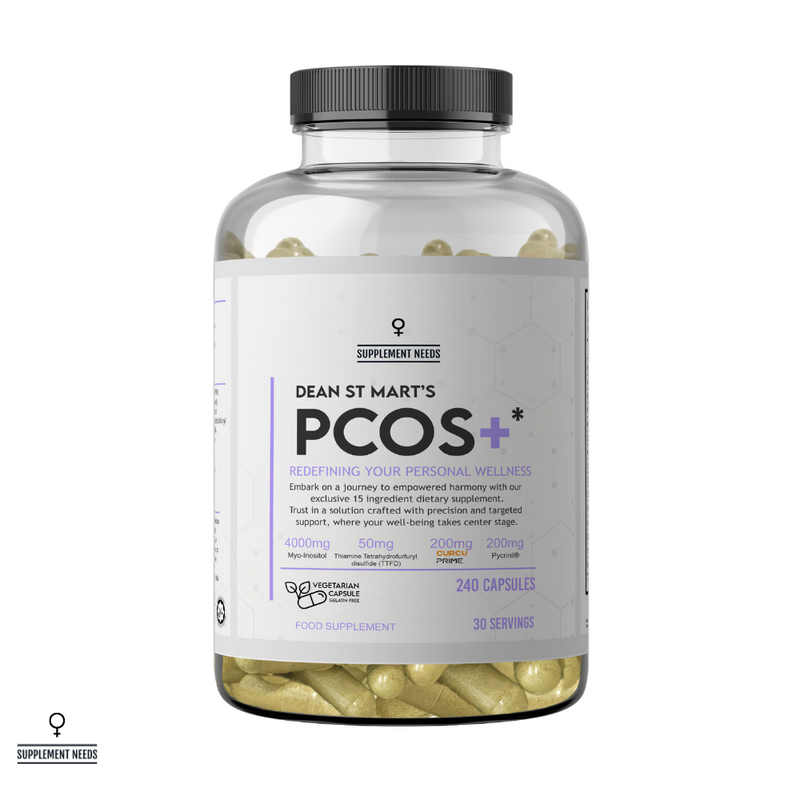Trusted by elite athletes and professional sports clubs, zero gravity chairs are a proven method of recovering and relaxing following intense workouts and bursts of physical activity. If you’ve not heard of zero gravity chairs, and you’re wondering exactly what potential benefits they could have for you then read this guide from the Supplement Needs team now…
What are zero gravity chairs?
Our story begins in space. Yes, really.
Back in mid-1973 to early 1974, if you cast your eyes to the night sky (with the aid of a telescope), you may, on certain evenings, have been able to see Skylab; the United States’ first ever space station.
During its brief time in near-circular, low Earth orbit, Skylab was home to hundreds of scientific experiments as NASA sought to better understand everything from materials science to human physiology1.
It’s this latter point that we’ll focus on - that led to the genesis of zero gravity chairs.
During crewed missions, astronauts aboard Skylab were observed to see if the human body assumed a distinguishable posture within a zero gravity environment.
This proved to be the case, with the astronaut’s bodies coming to a position whereby their arms were raised, with shoulders abducted, the knees flexed with noticeable hip flexion, and the foot plantar flexed2.
This position became known as the neutral body posture (NBP).
By the 1980s, NASA had developed the ‘Man-System Integration Standards (MSIS)3 - ‘a set of guidelines based on anthropometry and biomechanics, which included a definition of an average typical NBP created from measurements of crew members in the microgravity environment onboard Skylab’4.

Since then, the MSIS guidelines have informed the designs of myriad spacecraft, from the International Space Station (ISS) to the Orion Multi-Purpose Crew Vehicle.
The MSIS has continued to evolve, and is now known as the NASA Spaceflight Human-System Standard (NASA-STD-3001)5.
As studies of astronauts continued, the initial NBP posture that was observed in the Skylab studies was further refined. In particular, research undertaken on the Space Shuttle mission STS-57 in 1993 determined that there were three separate neutral body postures based on the athletic and physiological bearing of the individual astronauts.
The three refinements of the neutral body posture were:
-
An almost standing posture.
-
A slightly pitched forward posture with an extreme bend at the knees.
-
An elongated posture with a straight neck.
In short, whilst NASA had identified that there is a neutral body posture, they recognised that there isn’t necessarily a universal standard NBP - due to individual differences in physiognomy (based on athletic bearing, previous injuries and other differential factors etc).
Summary - the neutral body posture is a position in which musculoskeletal stress is maximally reduced, with pressure on the diaphragm and spine reduced. Neutral body posture supports the natural curvature of the spine - with an inward curve at the (cervical region), outward at the upper back (thoracic region), and inward at the lower back (lumbar region).
At this point you’re probably wondering why we’ve been writing about space on a website that’s primarily focused on supplements and health.
Well, because a) the neutral body posture is good for your musculoskeletal health, and b) it’s possible to recreate the neutral body posture right down here on Earth in a zero gravity chair.
But, what exactly are zero gravity chairs?
Zero gravity chairs are highly articulated chairs that allow the user to sit at a position which recreates the neutral body posture.
How do zero gravity chairs work?
We don’t blame you if you’re now asking yourself, “how can sitting in a chair recreate the effect of zero gravity upon the body?”
It’s actually a surprisingly simple mechanism.
Zero gravity chairs allow you to adjust your sitting position so that your torso and legs are at an approximate 120-degree angle - with your body pitched backwards so that your head and knees are slightly elevated above your head.
In this position, your weight is evenly distributed reducing the pressure on your spine and allowing it to decompress. Furthermore, because your legs are elevated, your heart doesn’t have to work as hard to achieve good circulation.

Your weight is also typically evenly distributed in a zero gravity chair - this helps to eliminate pressure points that would typically accumulate in your average chair (e.g. lumbar region). Again, this even weight distribution contributes to the feeling of ‘weightlessness’ that is associated with zero gravity chairs.
Zero gravity chairs are also typically padded and upholstered with soft padding. This not only provides a more comfortable experience for the user, but allows the chair to further recreate the feeling of ‘weightlessness’ that would occur in a low or no gravity environment.
Some zero gravity chairs - such as those you’ll find at the SN Hub - also include additional features to enhance comfort. These include adjustable pillows to provide extra neck support, and widened, reinforced arm rests to make getting in and out of the chair easier.
It’s also important to note that zero gravity chairs aren’t like your standard ‘recliner’. They tilt much further back in order to induce ‘weightlessness’.
Note - despite their name, zero gravity chairs don’t exactly eliminate gravity, they merely reduce the effects of gravity upon the body.
Are there different types of zero gravity chairs?
Once you start researching zero gravity chairs you’ll find that there are two main types of chair - each with their own pros and cons. Let’s take a look…
Reclining zero gravity chairs
As the name suggests, this type of zero gravity chair has a reclining function. This allows the user to sit in the chair in an upright position (just like a regular chair), before then moving back into a reclining position (until they reach the perfect position to achieve the neutral body posture).
Reclining zero gravity chairs have the benefit of being easy to get into and out of and can be adjusted in a number of ways, making them suitable for users of various heights and body shapes.
Orbital zero gravity chairs
A rarer type of chair, orbital zero gravity chairs are fixed in the zero gravity, neutral posture position without the option to adjust the reclining angle.
Whilst these types of chairs provide quite an ‘encapsulating’ experience, effectively ‘hugging’ you in place - they are few and far between due to their impractical nature.
Here at SN Hub, we use reclining zero gravity chairs which provide maximum comfort and flexibility to users of all kinds.
What are the potential benefits of zero gravity chairs?
Beyond any other consideration, zero gravity chairs sound like a nice way to relax following a work out, don’t they? You can sit back and rest and allow your body to recover.
But, do they have any other potential benefits? We’d suggest yes, with our main potential benefits of using zero gravity chairs listed below.
Relieves back pressure and pain
As we’ve previously written, both ageing and injury can result in your back and other joints experiencing chronic or acute pain.
This isn’t helped by the fact that ‘under normal gravity conditions, the spine is subjected to diurnal changes in height and hydration. When we are standing, the spine is upright so that gravity compresses the discs, expelling water. During the day, the height of the disc decreases, the curvature of the spine changes, and the spine becomes more flexible’6.
In other words, as you spend the day standing up and walking around your spine becomes compressed. As you can imagine (or as you may have experienced), this can aggravate any spinal conditions you may have such as herniated discs.
It follows then, that taking a break from standing - such as when you relax in a zero gravity chair - can alleviate the pressure that has accumulated throughout the day.
As one study described the situation:
‘During sleep, in a horizontal position, the gravity load is lost so that the discs rehydrate, absorb water, and swell. This turnover allows the disc to regain physiological height and water content, maintaining structural and functional alignment’7.
Other studies have concluded that applying the neutral body posture via zero gravity chairs ‘takes pressure away from the vertebrae’s discs’ as well as ‘eliminates muscle tension in the lower back’8.
“Are zero gravity chairs good for your back?”
Whilst we’re on the topic of back pressure and pain, we’d like to address one of the most common questions we receive at the SN Hub.
Are zero gravity chairs good for your back?
Our answer is yes.
As you’ve just read, zero gravity chairs - and the neutral body posture they help you to attain - relieve pressure on the spine. So, in that sense they are ‘good’ for your back.
As you’ll read below, though, they have other benefits in addition to helping you to relax your spine.
Improved blood flow
It is regularly claimed that zero gravity chairs can help improve blood flow around the body.
When you are walking around every day, your blood begins to flow around the body via the heart. Circulation begins when the heart relaxes between two heartbeats. The blood then flows from both the atria (the upper two chambers of the heart) into the ventricles (the lower two chambers).
There then follows the ‘ejection period’, where both ventricles pump the blood into the large arteries.
There then follows two types of circulation; systemic circulation and pulmonary circulation.
In systemic circulation, the left ventricle pumps oxygen-rich blood into the main artery (aorta). From there the blood travels via the capillary network, dropping off oxygen and various nutrients and picking up carbon dioxide and waste products. Once it’s done that, the blood will travel to the right atrium and into the right ventricle.
It’s now time for the blood to begin pulmonary circulation. The right ventricle will pump low-oxygen blood into the pulmonary artery, which branches off into smaller arteries and capillaries. The capillaries go on to form a fine network around the pulmonary vesicles - at these vesicles carbon dioxide is released from the blood, and fresh oxygen goes into the blood.
The now oxygen-rich blood then travels through the pulmonary veins and left atrium into the left ventricle. The next heartbeat starts the whole cycle again9.
So, why have we just spent several paragraphs describing how, and why blood flows around your body?
Because gravitational forces can significantly affect venous return, cardiac output, and arterial and venous pressures within the body (as per Klabunde10).
By using a zero gravity chair, you can ‘increase preload on the heart, increasing stroke volume’. In less technical language, the act of becoming supine in a zero gravity chair makes it easier for your heart to pump blood around your body, improving your circulation11.
This can potentially help in the case of injury. If you’re attempting to recover from a muscle injury, improved blood flow can both reduce inflammation and speed up repair of the damaged tissue.
As doctors have pointed out, ‘one of the most dramatic factors that can affect wound healing is reduced or poor blood supply to the wound. The oxygen and nutrients that new blood carries to the wound are key to successful healing. A wound that is not getting enough blood could take at least twice as long to heal, if it heals at all’12.
You can now perhaps see why many athletes, body builders and fitness fanatics are so keen on using zero gravity chairs to help them recover after intense workouts!
Improves relaxation
If you’re attempting to relax following a workout, using a zero gravity chair can be one of the best ways to do so.
In fact, using a zero gravity chair could potentially help induce the relaxation response - ‘an integrated psycho-physiological response originating in the hypothalamus that leads to a generalised decrease in arousal of the central nervous system’13.
Furthermore, a review of the extant literature on the relaxation response suggested that it could be the ‘physiological antithesis of the stress responses’. From there, it could be concluded that the relaxation response could help the body in a number of fundamental ways. As one study concluded, ‘consistencies in the results suggest the effectiveness of the relaxation response in reducing hypertension, insomnia, anxiety, pain, and medication use across multiple populations, diagnostic categories, and settings’14.
It seems clear that zero gravity chairs - when inducing the relaxation response - could help improve relaxation and by extension assist in the physiological and psychological recovery of the body.
Improved breathing
As you’ll be aware, if you’ve ever finished an intense bout of cardiovascular exercise or repeated strength training exercises you’ll know that your body will be screaming out for oxygen.
That’s another area where zero gravity chairs can potentially be beneficial - especially in a post-workout, recovery scenario.
As studies have suggested, the neutral body posture helps boost pulmonary function. A study from 201815 that examined the relationships between body posture and the results of pulmonary function tests (PFTs), found that ‘pulmonary physiology and function are influenced by body position’. In short, adopting the neutral body posture can make it easier for your lungs to expand - improving your breathing.
In the context of post-exercise recovery you can see how this would be beneficial.
Consider that breathing techniques such as diaphragmatic breathing can have myriad physiological benefits. These include lowering your heart rate, relieving stress, and helping you improve your sleep hygiene16.
Where to use zero gravity chairs
If you’re looking to enjoy the benefits of a zero gravity chair, one of the best times to use one is following exercise. They provide the perfect way to assist in your recovery - especially when combined with an infrared sauna and cryotherapy.
That’s why you should join the SN Hub - the UK’s premier health and fitness destination.
With a cutting-edge Primal Gym designed to push your limits, a café and networking lounge, SN Clinic and treatment room - all expertly selected and curated by Dr Dean St Mart PhD - the SN Hub is the destination for bodybuilders, fitness fanatics, biohackers and anyone who is concerned about protecting their future health.
SN Hub has a range of membership options available, including:
-
One year membership - £549.99.
-
Standard membership - £49.99 per month.
-
Monthly Direct Debit membership - £54.99
We also have a range of day passes and weekly passes so you can try out the SN Hub and see if a long-term membership is right for you.
Explore SN Hub’s recovery suite and join as a member today
For more insights and information about recovery therapies and supplements, read the Supplement Needs blog…
Infrared Saunas vs Traditional Saunas: What’s the Difference? | The Importance of Sleep Hygiene | Nootropics: Supplements That Can Improve Your Productivity?
Disclaimer
The information on this website should not be used as a substitute for professional medical care or advice. If you have questions about your health, please contact your doctor.
References
1.


